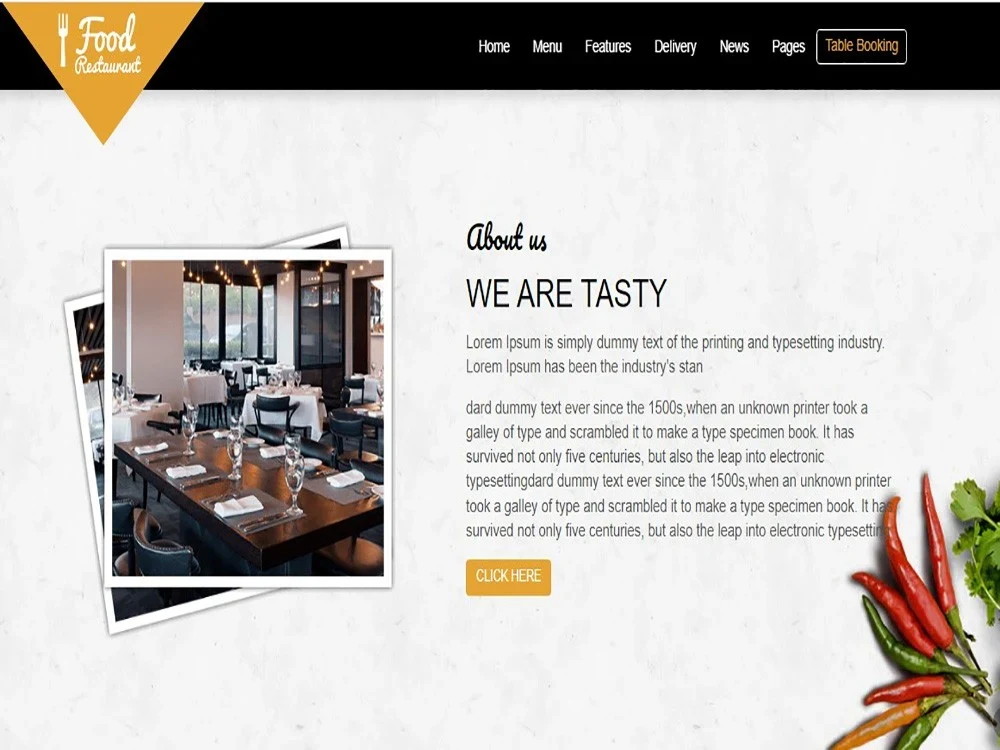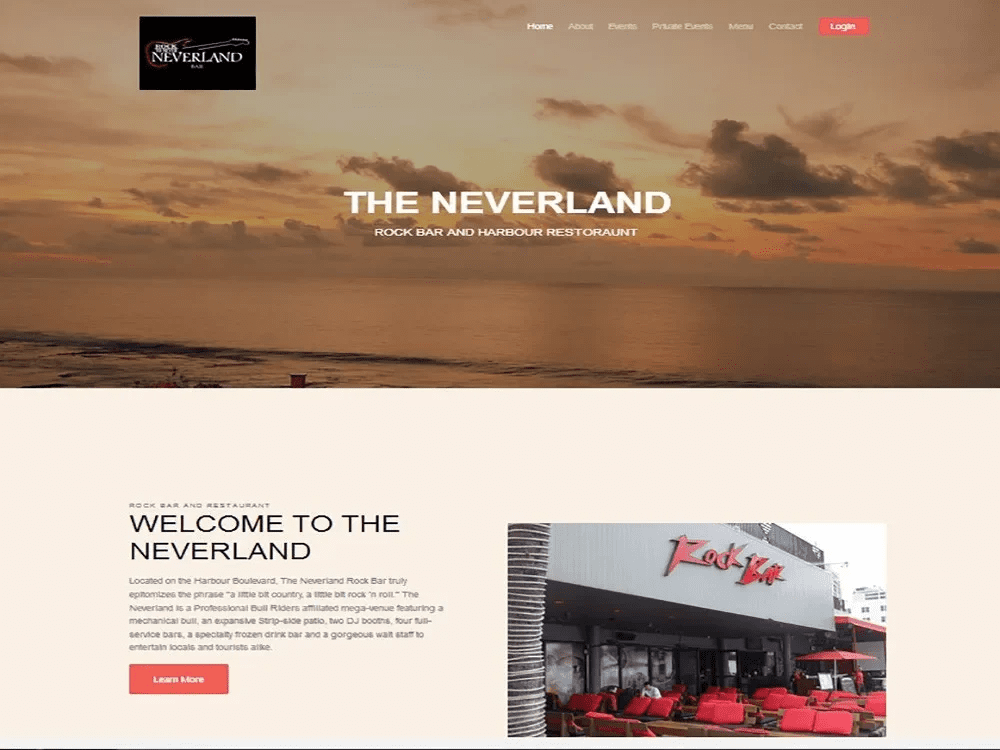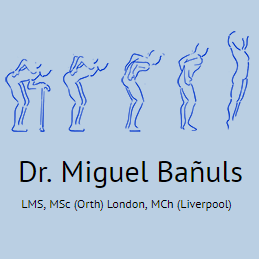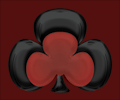In today’s fast-paced digital world, jaw-dropping website designs play a pivotal role in capturing user attention and enhancing online experiences. The best website designs go beyond mere visuals; they embody creativity and functionality that resonate with visitors. As innovative web design continues to evolve, we witness unique website examples that push design trends to new heights, creating immersive digital encounters. These sites not only appeal to the eyes but also prioritize user engagement, making them unforgettable in a crowded online market. To stay ahead, brands must embrace the latest website design trends, focusing on digital experience design that invites exploration and interaction.
When discussing captivating web aesthetics, one might refer to remarkable digital platforms that leave a lasting impression on users. Exceptional online interfaces often showcase groundbreaking creativity and streamlined usability, making them stand out in the competitive landscape. Unique website concepts challenge conventional norms, inviting visitors to enjoy unparalleled digital journeys tailored to their preferences. As the web design field progresses, it becomes increasingly evident that a blend of artistic innovation and user-centered strategies is essential for creating impactful online presences. Brands must strive for excellence in their web design approaches, aiming to develop visually stunning and functional digital experiences.
Exploring the Essence of Jaw-Dropping Website Design
In the digital expanse of the 21st century, website design plays a pivotal role in shaping user experiences. It’s no longer merely about how a site looks; it’s about how it feels to navigate through its content. Exceptional designs are an impressive blend of creativity and technology, where every element serves a purpose. Effective designs not only arrest attention but also guide the user organically through their journey, ensuring that each click leads to engagement and satisfaction.
When we refer to a website as ‘jaw-dropping,’ we often think of visuals that stun and functionalities that impress. However, the heart of great design lies in how well it aligns with user needs. For instance, a polished aesthetic can captivate, but if navigation remains cumbersome, even the most astonishing visuals fall flat. Therefore, the design process should encompass an understanding of human behavior, delivering an intuitive interface complemented by visual appeal.
The Striking Features of Standout Websites
Standout websites are characterized by several distinctive features that together create immersive experiences for users. Take the example of Stripe, whose clarity and animation vividly showcase functionality without overwhelming the visitor. Innovative scrolling experiences like those found on Pitch bring a fresh perspective to motion, guiding users through their offerings in a captivating manner. Each unique feature embodies the idea that every pixel is a component of storytelling.
Another prime example is Awwwards.com, which highlights creativity in web design while providing a platform for industry recognition. The dynamic grid layouts enable a seamless exploration of curated websites, while its hover animations enhance interaction slightly, keeping users engaged. Spotify’s Wrapped experience goes further still, blending personalization with aesthetics — an essential trend in modern design that invites users to interact in fun, customized ways.
The Balance of Aesthetics and Functionality
Achieving a perfect balance between aesthetics and functionality is the hallmark of any jaw-dropping website. Apple exemplifies this integrating sleek product photography with intuitive design, ensuring that users can navigate effortlessly. Through strategic animations, they don’t just display a product but create an engaging narrative around it, inviting users to explore its features at their convenience.
Superlist takes this balance a step further with its innovative typography, demonstrating how text can be as expressive as graphics. With variable fonts that adapt based on interactions, it showcases how smart design can enhance user experience. When aesthetics serve the function of guiding and informing the user, it becomes a powerful tool in driving engagement and retention.
Behind the Scenes: The Technical Craftsmanship
The artistry of web design is further elevated by the technical prowess behind the scenes. Technologies like WebGL and 3D rendering open up opportunities for designers to create truly immersive experiences that captivate users on multiple levels. By employing tools such as CSS Grid and Flexbox, designers can realize complex layouts that respond fluently across various devices.
Furthermore, using variable fonts allows for dynamic typography that can morph according to user interaction, adding another layer of depth to the design. This interplay between technology and design is where the magic happens, enabling websites not only to look beautiful but also to function flawlessly, providing the backbone of an unforgettable user experience.
Embracing Innovation: Learning from the Leaders
To apply the principles behind jaw-dropping design, one must first embrace a mindset of innovation. Looking at the successes of high-profile websites can offer invaluable lessons. By analyzing how these sites prioritize user experience and marry it with aesthetic appeal, one can uncover strategies for crafting engaging websites that capture and retain attention.
Learning from the best in the industry means focusing on user-centric design principles while being open to experimenting with new concepts. Whether it’s implementing stunning animations, effective spacing, or creative layouts, these lessons can guide emerging designers toward crafting their own unique spaces in the digital realm.
Anticipating the Future of Web Design
As we look forward, the future of website design seems poised for transformative changes driven by ongoing technological advancements. Personalization will become even more integral, as users expect experiences tailored to their interests and behaviors. Incorporating voice-activated interfaces and augmented reality elements may soon become standard practice, drastically reshaping how users interact with digital content.
Moreover, as brands enhance their strategies with data-driven insights, ethics in design practices will likely play a prominent role. Striking this balance between innovation and responsibility will be essential for building trust in digital platforms for users. The journey into the future of website design promises to be exciting, dynamic, and ever-evolving.

Summary of Key Takeaways
In conclusion, the world of web design is a breathtaking blend of creativity and functionality that continues to evolve with technology. As the examples of Stripe, Pitch, and Awwwards.com illustrate, outstanding website design is characterized by key elements such as intentional innovation, responsible aesthetics, and impeccable responsiveness across devices. The balance between form and function is not merely a guideline; it’s a necessity for crafting memorable user experiences. Furthermore, the integration of technical prowess—like WebGL for 3D rendering and CSS for dynamic layouts—plays an essential role in elevating these designs from the ordinary to the extraordinary.
When embarking on your own web design journey, remember to prioritize user needs and interaction. The pathway to creating a jaw-dropping website lies not only in captivating visuals but also in providing seamless navigation and meaningful content engagement. With the imminent trends in personalization and advanced technology shaping the future of web design, incorporating these principles is vital. By merging creative vision with technical excellence, your website can offer an unforgettable experience that resonates with users and stands out in the digital landscape.
Final Thoughts on Web Design Evolution
The evolution of web design is a reflection of our increasingly digital lives. As we adapt to new technologies and user behaviors, the demand for websites that captivate and engage will only intensify. Key considerations for achieving jaw-dropping designs include not only the visual impact but also how effectively these designs communicate messages and evoke user emotions. This multifaceted approach ensures that websites are not mere digital brochures but instead interactive platforms that foster a deeper connection between brands and users.
Moreover, the responsibility of designers extends beyond aesthetics; it envelops ethical practices and user-centered design philosophies. By crafting websites that are visually stunning yet functionally rich, designers can lead the way toward a future where every user interaction is meaningful. As we look ahead, the potential for innovation in web design is limitless, promising experiences that are as engaging as they are memorable. Embracing this digital journey will allow both brands and users to thrive in an ever-changing digital ecosystem.















